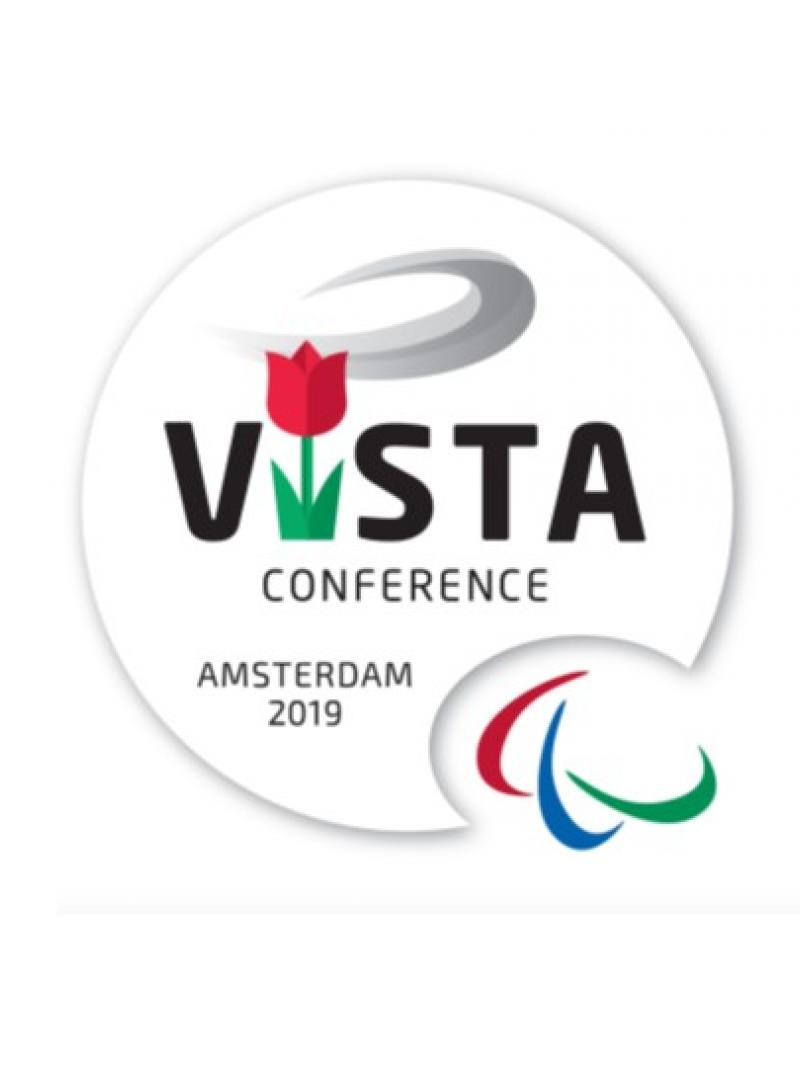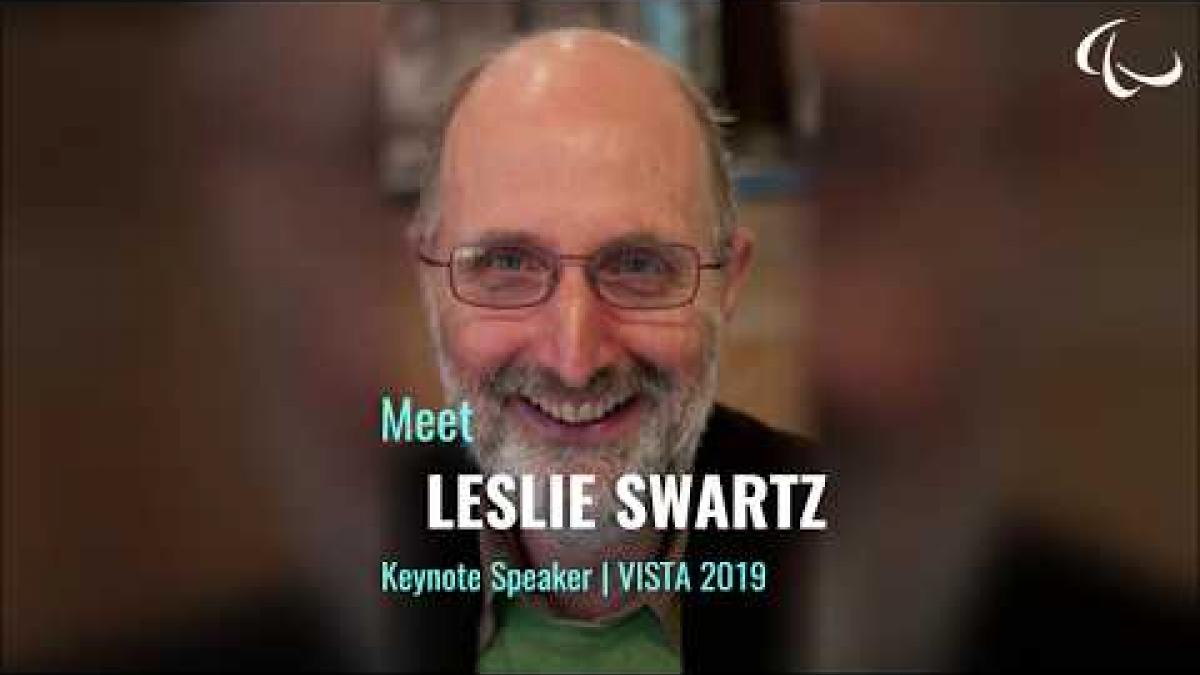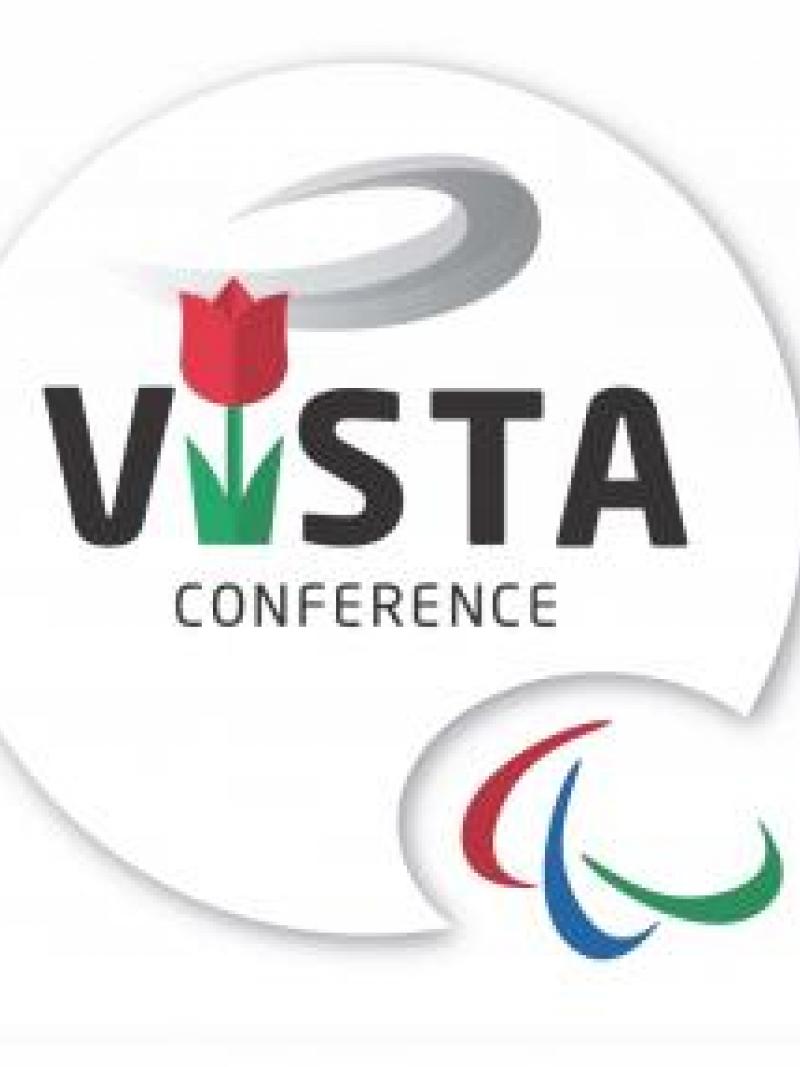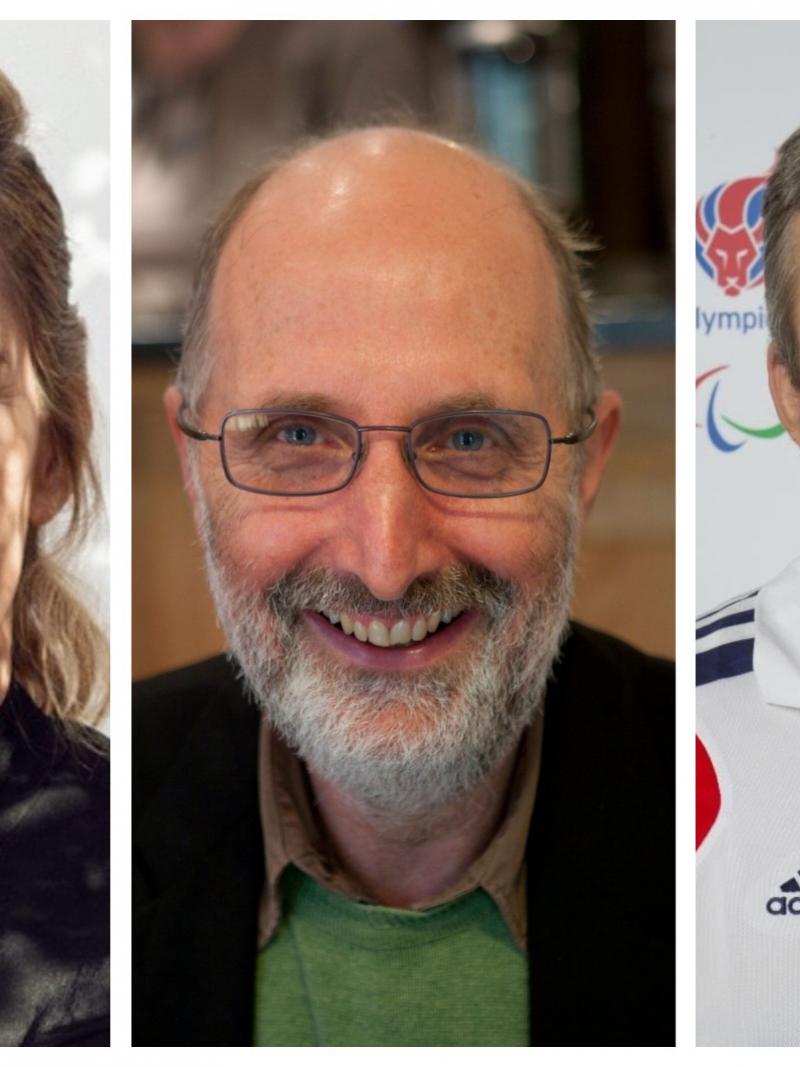VISTA 2019: Paralympics a rich soil for research
Keynote speaker encouraged by growing interest in Para sport field 03 Jul 2019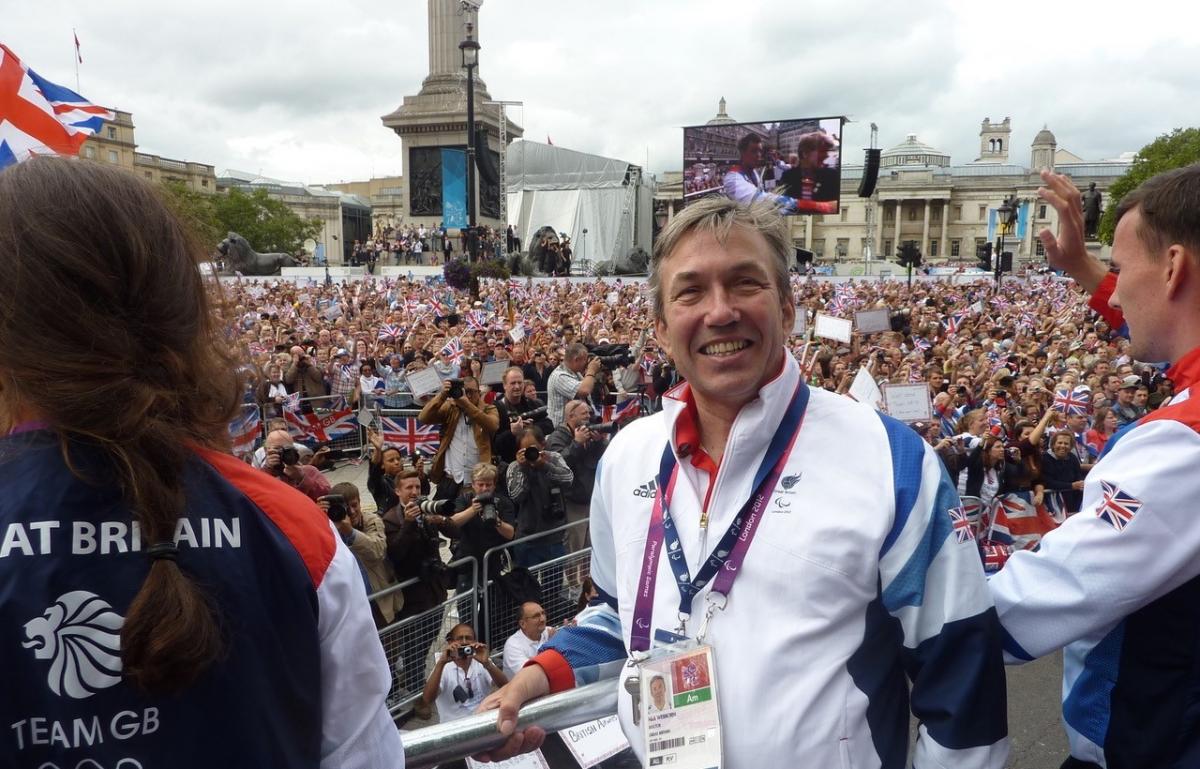
Inspired by his personal experience, Nick Webborn has conducted researches on sports medicine and Paralympic athletes
“What I wanted to do was bring the ethos of how sports medicine has been approaching Olympic athletes, footballers and professional sports, and to Paralympic athletes"
Nowadays, more and more research on sports medicine for Para athletes are being conducted, and this will be evident at September’s VISTA 2019 conference from 4-7 September in Amsterdam, Netherlands.
But that was not the case almost 30 years ago, when Nick Webborn took interest in the topic.
As one of the keynote speakers at the International Paralympic Committee’s science conference, Webborn remembered the scarcity of papers available back then.
“When I first got involved, the first thing you do as a professional is you look through the literature to see what information is published and available to help guide you,” said Webborn, a professor at the University of Brighton in Great Britain.
“Until 1992, I think there were about nine papers worldwide written on the topic. And last year, there were 160 something in one year. So it’s showing how the interest and the knowledge in this area has grown over time.”
Webborn has perspective from both sides – as an able-bodied doctor playing rugby for the British Royal Air Force and being a patient at Stoke Mandeville Hospital recovering from a neck injury he acquired playing rugby.
His personal journey through rehab inspired him to look at how he could help people who went through a similar experience.
In 1992, Webborn went to the Royal London Hospital for a sports medicine diploma course, where he got involved with Paralympic athletes.
A colleague had returned from serving as the chief medical officer at the Barcelona 1992 Olympics and encouraged him to get involved with the British Paralympic Association, where Webborn now serves as the chair.
He has attended several Paralympic Games, his first being Barcelona 1992.
“What I wanted to do was bring the ethos of how sports medicine has been approaching Olympic athletes, footballers and professional sports, and to Paralympic athletes,” Webborn said.
“What was really happening at the time when I came in was fighting the problems, whereas when you came to [a non-Para sport] event, you’d have a prevention strategy and thinking about the overall health and education. [In Para sports], it was a group of volunteers who’d go to an event, patch people up and disappear, and you wouldn’t see them again until the next Championships.”
After each Paralympics, he has seen sports medicine and injury prevention strategies pick up, utilising researches conducted at one Games to apply to the upcoming Games.
For example, a unique case at Rio 2016 was blind football having the highest injury rate and research is being done on how to decrease that rate for Tokyo 2020.
For the PyeongChang 2018 Paralympic Winter Games, Webborn used findings from Sochi 2014 to prevent injuries in alpine skiing competition.
In PyeongChang, they also saw a new rise of injuries in Para snowboard, a sport just making its second Paralympic appearance, which has drawn attention on how to tackle that issue ahead of Beijing 2022.
The Paralympics provides a rich ground for research opportunities. Webborn would like to encourage participants to take that on with his talk on “The past, present and future of Paralympic Sports Medicine” at VISTA 2019.
“I’m going to talk about is that evolution, who was involved in those early stages down to how it’s grown up to 2000, and how it has really kicked off.
“For the future, I’m going to talk about how there is still a lot of work that needs to be done, what needs to happen and why we need you to engage with this, and where people can play their part in helping develop that.”





